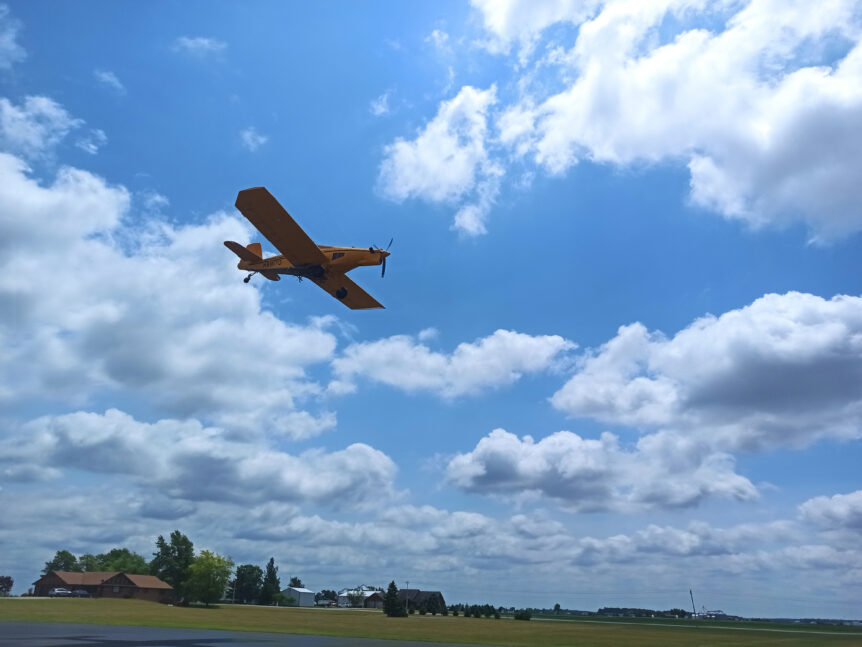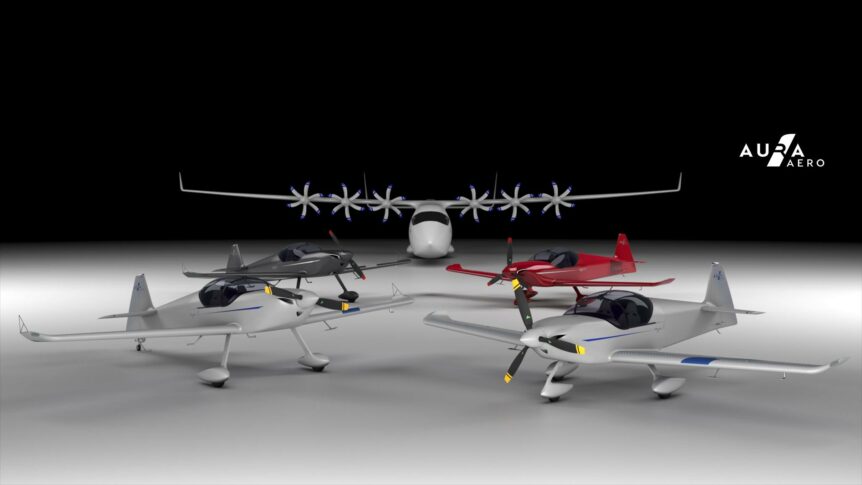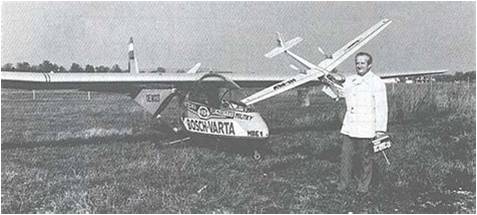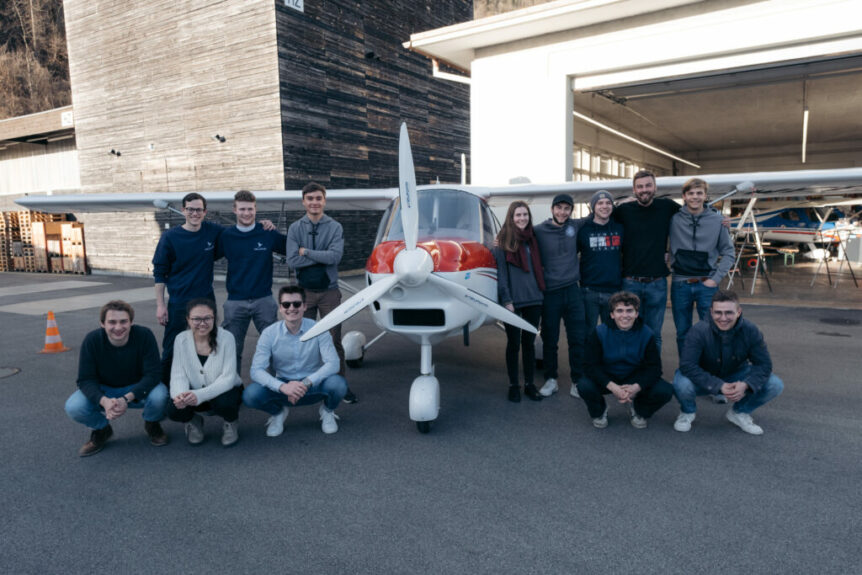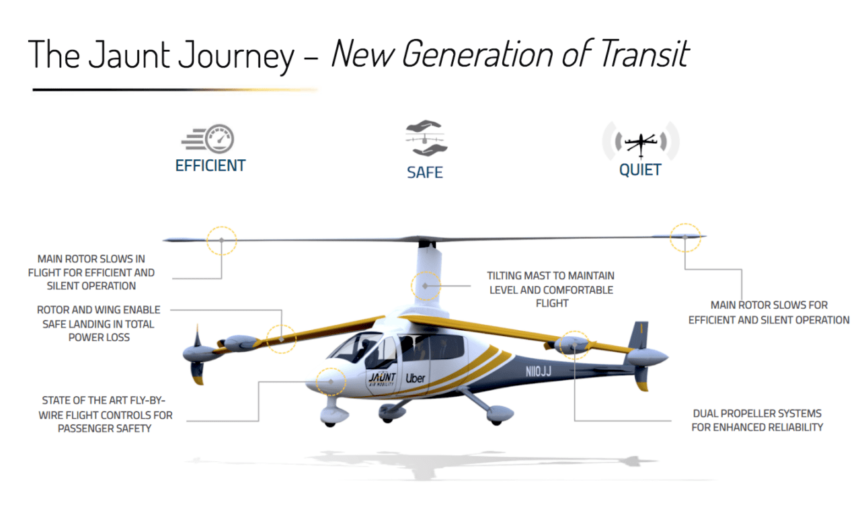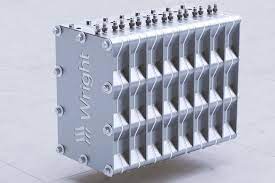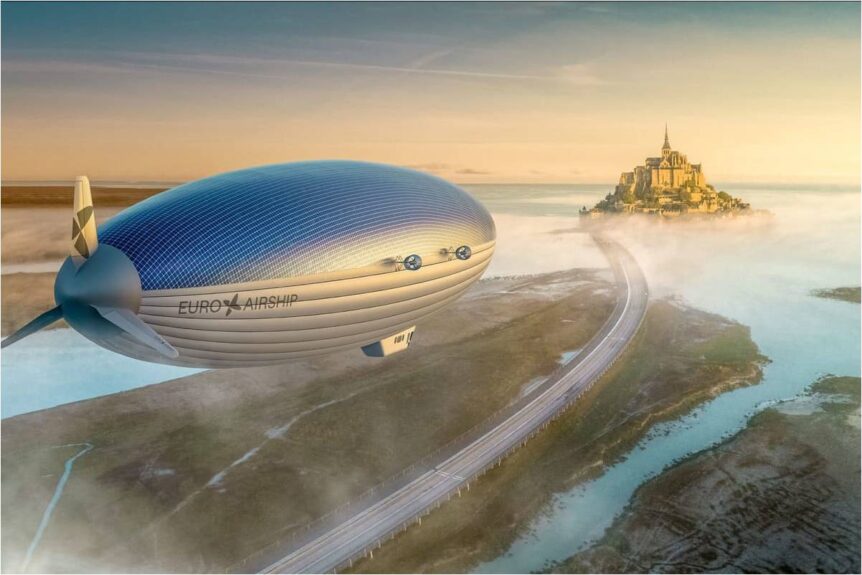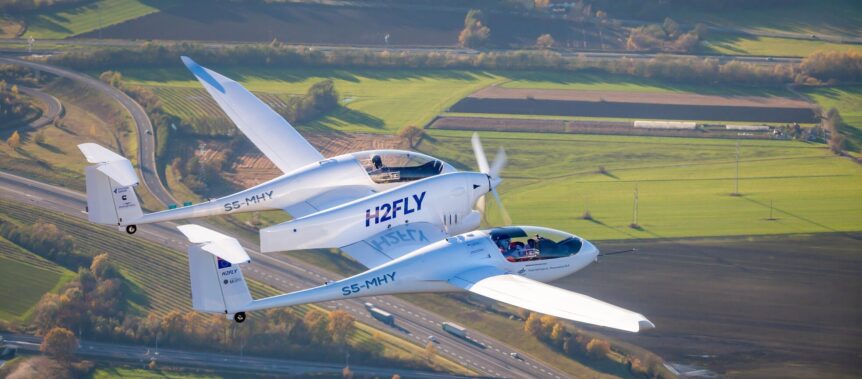Following its announcement of a range of battery packs last month, Wright Electric shares information about its one-megawatt motor powering an Embraer agricultural airplane. Teaming with Axter Aerospace, a Spanish firm with a history of providing backup electric power for otherwise conventionally powered aircraft; Wright helps make crop dusting a safer enterprise. This eight-year-old video shows Axter’s early efforts with a small Tecnam aircraft. (Note: you might want to turn on the closed captioning.) Low-level flying necessary for dusting or spraying crops requires utter reliability, so a proven turbine backed up by a high-power electric motor seems like an ideal combination for those circumstances. The combined power of 800 kilowatts (1,072 horsepower) allows carriage of a large payload, sufficient power to avoid obstacles, and redundancy to prevent sudden letdowns. The electric motor has been tested to 1.2 kilowatts (1,608 horsepower), so could provide adequate power even if the turbine failed. Failure of either power source is highly unlikely in any …
Aura Aero, Big, Small, and Electric
Aura Aero, a French firm in the Occitanie region, maker of big and small electric aircraft, espouses eco-responsibility goals striving to contribute to the objective of reducing emissions by 55 percent in 2035 and reaching carbon neutrality in 2050. They aim to do this through reducing and eliminating carbon, choosing materials for their environmental consequences and lifecycles, and applying circular economy techniques for recycling. Aura proclaims, “We design our aircraft anticipating the impact of their use and their ability to be recycled. We take into account, from the start, the environmental impact that our aircraft will have throughout their lifecycle, in order to reduce it as much as possible.” The company has a reputation for the aerobatic two-seaters it hand makes, but is branching out into zero-emission alternatives and a larger, more complex machine. Integrale E Aura’s Integrale line of two-seat, side-by-side aerobatic craft will be joined with the Integrale E. The combustion-engine versions of the airplane are powered …
Amprius Batteries Fly High and Down Under
Flying high and down under, Amprius, the San Francisco Bay area-based battery developer and maker, announced 450-Watt-hour per kilogram cells, and seemingly immediately secured orders from three major clients. One client of the three is a British specialist in HAPS (High Altitude Pseudo Satellite) aircraft. A probably unrelated sale went to an Australian light plane maker unveiling the country’s “first commercially produced electric aircraft,” a two-seat trainer. BAE/Prismatic BAE Systems has collaborated with Prismatic, a HAPS pioneer, in the development of solar-powered unmanned aerial vehicles (UAVs). The partners have crafted two prototypes of the PHASA-35 unpiloted aerial vehicle, a 35 meter (114.8 feet) span airplane weighing 150 kilograms (330 pounds) capable of carrying a 15 kilogram (33 pound) payload. Solar cells power the craft’s electric motors during the day and charge the Amprius batteries that keep it in the air at night. Amprius claims, “The new 450 Wh/kg cells are the only known commercially available batteries of their kind that …
An Electric 50th Anniversary to Commemorate
On this electric 50th anniversary of a notable achievement in the aircraft world, Dr. Reinhard Lernbeiss, a fellow in the Royal Aeronautical Society is a pilot on Boeing 777s and Airbus A330s, 350s, and 320s. He recently alerted us on LinkedIn that on October 21, 1973, Heino Brditschka was the first to fly a heavier-than-air craft on electric power. (The Tissandier Brothers had flown an electric airship in 1883, followed by Captains Reynaud and Krebs in 1884.) His converted HB-3/MB-E1 (his own design) managed a first flight time of nine minutes, fifty-eight seconds and reached an altitude of 985 feet above ground level. Lernbeiss reports that on additional flights, the craft managed 12, 16, and 22 minutes and an altitude of 1,245 feet. These included go-arounds, with each outing “far below the capacity of the battery on each flight.” Much of the inspiration for the flight came from an aeromodeller, Fred Militky. A 2018 Federation Aéronautique Internationale (FAI) publication, CIAM …
The Cellsius AC4 Hydrogen Project
The Cellsius AC4 Lightwing is a capable microlight aircraft popular in Europe. As part of a project to clean up aviation, it will fly on hydrogen, and for good distances if students at ETH Zurich* are successful in their project. Students are modifying a Lightwing to run on pressurized H2, and crafting motor, fuel system, tanks, power electronics, and battery backup system to make a coordinated, custom-fitted craft. It will stay aloft for two hours and emit nothing but water vapor. The project’s web site spells out the students’ ambitions. “Our powertrain consists of many components that together can get an aircraft into the air. “To make this a reality, we develop the majority of our components ourselves, tailored to our requirements.” Components include a radial-flux motor, unusual in that most electric aircraft motors are axial flux. Students worked with e+a (Elektromaschinen und Antriebe) AG to design and construct the unit. With that motor, students helped design a matching inverter …
Jaunt Journey – Maybe the Most Unique eVTOL
The Jaunt Journey may be the most unique eVTOL (electric Vertical Take Off and Landing) machine coming to market, and it relies on something old and several things new for its advanced take on Advanced Air Mobility (AAM). What makes it special is its combining autogiro-like technology with electric power and some different approaches to the transitions between vertical and horizontal flight. Jaunt promises to carry a pilot and four passengers 80 to 120 miles, pushing it into the realm of regional air mobility. It can top out at 175 miles per hour, or about the upper limits of most helicopters while pressing down with only 55 dBa of sound pressure, considerably below that of any helicopter. Its performance and several distinguishing features make it all the more unique. Somewhat Like an Autogiro Autogiros were pre-helicopter rotary-wing aircraft that could lift off and alight quickly because of a large, usually un-driven, series of blades above the fuselage. Note how easily …
The Wright Battery Program
Jeff Engler of Wright Electric wants it all. He wants lightweight, high-power electric motors and inverters to control them. He wants lightweight generators and now lightweight, high energy density batteries to store that electricity. He wants to meet the goal that, “By 2040, Wright will eliminate carbon emissions from all flights under 800 miles.” A more recent iteration of the company’s web site includes the goal of “Decarbonizing the industries that are hardest to decarbonize.” These would seem heady ideals but Wright Electric seems to be making steady progress toward fulfilling those goals. The Motor Their motor has been tested to 1,000 kilowatts (1,340 horsepower), with expectations that it could reach 2,000 kW (2,680 hp.). According to Aviation Week, “The motor produced 1 megawatt of peak power on a dynamometer test stand at Wright’s facility in Albany, New York. The company has signed a Space Act Agreement with NASA to test the motor in an altitude chamber at the NASA …
Solar Airship One – a Grand Voyage Awaits
Having circumnavigated the world by balloon and solar-powered aircraft, Bertrand Piccard is ready to make a third around-the-world flight – this time in Solar Airship One, powered by the sun and hydrogen fuel cells. Able to make the 40,000 kilometer (24,855 mile) trip in one gigantic hop, the 151 meters (495.4 feet) long craft will be borne aloft on 50,000 cubic meters (1,766,000 cubic feet) of helium. Unlike his lonely stints at the controls of Solar Impulse 2, Piccard will be joined by two worthy co-pilots; Dorine Bourneton, “The first disabled woman to become an aerobatic pilot (Bourneton was severely injured at age 16 in an aircraft accident) and Michel Tognini, a former French Air Force fighter pilot and European Space Agency astronaut (Tognini has been twice to space, in 1992 and 1999).” The Craft Its helium sealed in 15 large gas bags that emulate the shape of the airship, the ship carries 50,000 cubic meters (1.77 million cubic feet) …
Ever Greater Range for Elektra Solar
A Second Win Having just come in a close second in a race against an electric car, Elektra Solar’s Trainer attained a Personal Best in range for a flight between Munich, Germany and Bern, Switzerland, a distance of 313 kilometers (194.5 miles). Calin Gologan noted the route from its home field in München Oberpfaffenhofen to Bern Airport) was highly symbolic, starting from the site where, “We founded the company (Elektra Solar) 10 years ago as a startup from the DLR Institute of Robotics and Mechatronics in Oberpfaffenhofen. We were now able to fly our aircraft purely electrically from the DLR location directly to the Electrifly-in location in Bern.” Pilot Uwe Nortmann flew in both outings, both extending the range achieved by this type of electric aircraft. As Calin points out on his Facebook page, “Last year we won this contest with a leg of about 190 km (118.1 miles). A huge progress in one year.” Looking forward to closing the …
H2Fly Achieves HEAVEN’s Goal
H2Fly has an historic aircraft in its fleet, the HY4, as part of the HEAVEN program to, “Demonstrate the use of liquid, cryogenic hydrogen in aircraft.” Originally the G4, the craft won the NASA Green Flight Challenge in 2011, posting a passenger mile per gallon efficiency of 403.5 – equivalent to driving your loaded Prius from San Francisco to Los Angeles on under four gallons of fuel. Resurrected as the HY4 and flown on gaseous hydrogen, the craft has been reconfigured to fly on liquid hydrogen, expanding its range significantly. According to the HEAVEN program, “The hydrogen-electric ‘HY4’ demonstrator aircraft took off from Maribor, Slovenia, and saw safe and efficient operation throughout multiple flight tests.” Announced September 7, these were the first piloted flights of a liquid hydrogen fueled aircraft. Four flights, including one that lasted over three hours, “Lay the foundation for long-range, emissions-free flight, with liquid hydrogen doubling the range of the HY4 aircraft to 1,500[kilometers], compared to …

